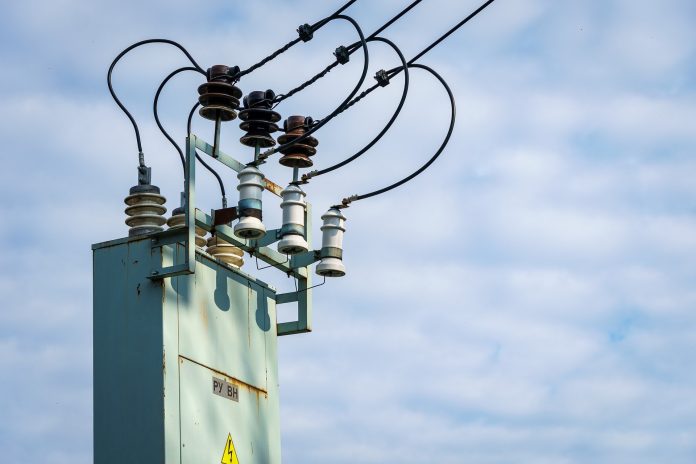By Gary Meltz
Last winter, when temperatures plunged across the region, thousands of South Carolina residents lost power. It was a similar story in North Carolina and Tennessee. In the immediate aftermath, supporters of forcing the Palmetto State to join an organization called PJM, that links electrical grids across 13 states and the District of Columbia, proclaimed this power outage as proof that joining PJM would be a smart decision.
As often is the case, when people speak before they know all the facts, they soon regret it. This would be true for those PJM supporters, because South Carolina lost power in part because PJM could not provide the state with the electricity they were contractually obligated to sell. In other words, the South Carolina outage was partly the fault of PJM. So, why should South Carolina join PJM?
The allure of PJM, and other similar Regional Transmission Organizations (RTOs) is that multiple states link their electrical grids which are in turn are managed by a central authority called the RTO. The idea is that there is strength in numbers.
But, RTO’s remove a state’s control of their own electric grid. In the case of PJM, it is run by unelected bureaucrats in Philadelphia. PJM, and not South Carolina regulators, would be making real time decisions on how the Palmetto State distributes electricity. This could mean that during an energy crisis, PJM could send electricity created by South Carolina power plants – facilities paid for by South Carolinians – to other states in PJM.
Across the nation, PJM isn’t the only RTO struggling to ensure there is adequate electricity. In Texas, ERCOT failed during a massive winter storm in 2021 that left hundreds dead. Now, ERCOT pays Texas businesses (using ratepayer’s money) over a billion dollars a year, to stop using energy during power crunches. ISO New England’s demand is so far outstripping supply that power prices are twice as high in New England than anywhere else. CAISO’s energy shortage problems in California never seem to get better, leaving their grid constantly on the brink of collapse.
To study whether it would be a good idea for South Carolina to join PJM, state lawmakers commissioned a report by the Brattle Group, a Boston-based consulting firm. The report, issued last month, found that South Carolina would see massive benefits from joining PJM. This outcome was not surprising, because – shockingly – the Brattle Group has over the years counted PJM as a client.
The Brattle Group’s premise for South Carolina joining has also been undermined. Because just days after the Brattle Group issued their report, PJM released an even more shocking report of its own claiming it doesn’t have enough power to meet its current energy requirements.
Supporters of forcing South Carolina to join PJM also fail to address the fact that most states in RTOs also allow for customers to get power from companies besides the local electric company. Known as retail suppliers, they have a long track record of cheating vulnerable customers.
For example, in Connecticut, a state in ISO-New England that allows for competitive suppliers, the state’s Advocacy Director of the AARP, recently penned an op-ed speaking out against a bait-and-switch tactic that competitive suppliers use to cheat people called “auto-renew.” Sign up for a good deal but get “auto-renewed” at outrageously high rates.
If lawmakers in South Carolina want to protect ratepayers, then they should fully utilize their state’s strict regulatory tools to hold Duke and Dominion accountable. But joining PJM would only expose customers to less reliable and more expensive electricity.
Gary Meltz is the Executive Director of Power for Tomorrow.
Originally published by RealClearEnergy. Republished with permission.
For more on electric power reliability, click here.
For more on South Carolina policy, click here.


























